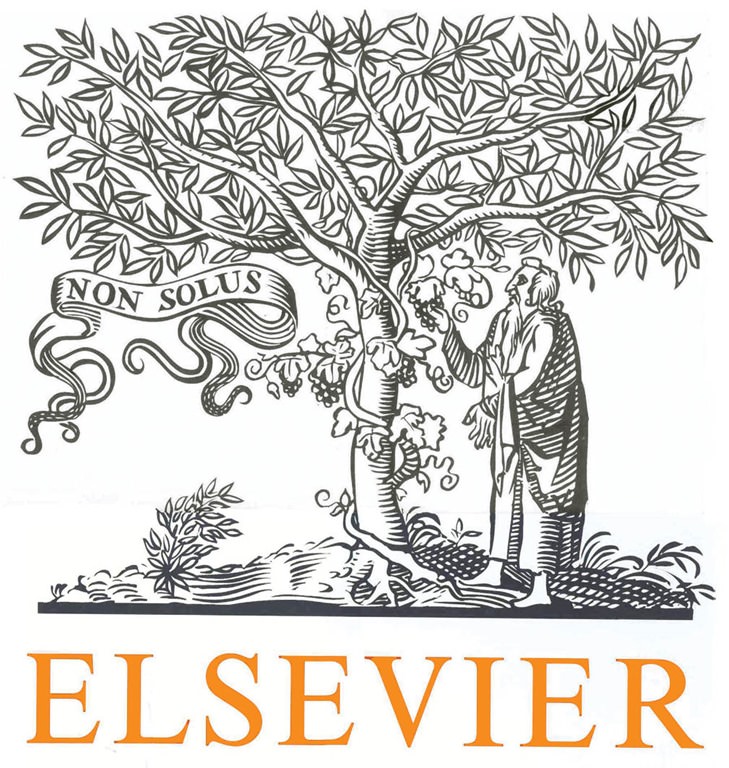8. Concluding
remarks To extrapolate from the literature on TCT, government funding seems to play an important role in minimising the governance costs that would otherwise have to be borne by industry and academia in the context of a highly formalised and hierarchical applied research centre, such as a CRC. As a result, the initial hope that an initial injection of government funding would normally translate into a longer-term, financially sustainable relationship between CRC members, as per O’Kane (2008), emerges as inherently questionable. Government funding, which enables a coordinating umbrella-like governance structure to sit over an oftentimes extensive collection of collaborative projects, therefore allows the existence of a mechanism such as a dedicated and nonaligned central CRC management team to address costs associated with monitoring and enforcement, which the theoretical literature associates with hierarchical structures.








